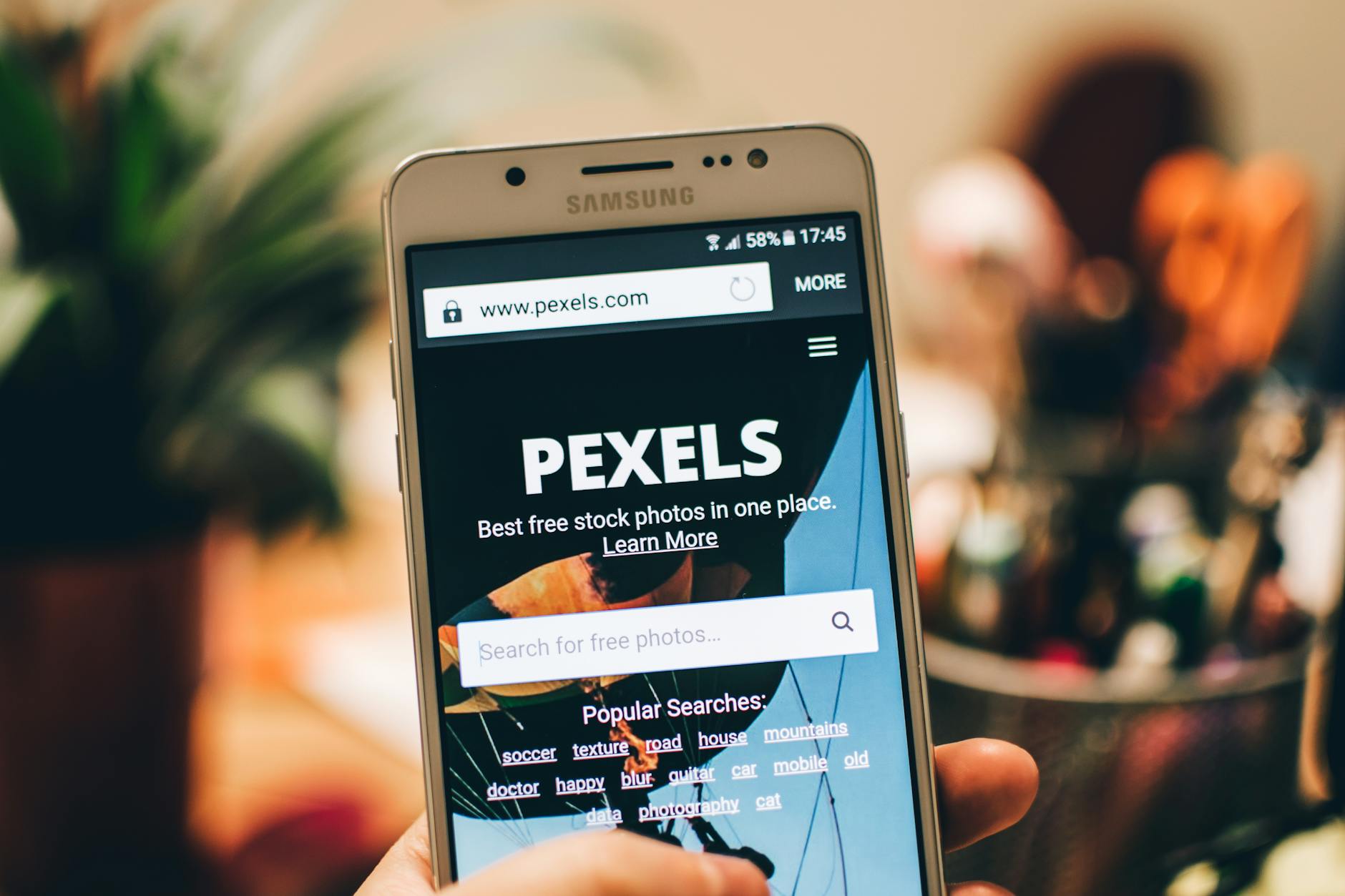Accessibility is no longer just a buzzword in digital publishing—it is essential for reaching the widest audience, complying with regulations, and protecting your brand. At 3D Issue, we’ve seen firsthand how embedding accessibility checks into every stage of our publishing process drives measurable returns in readership and reputation. This guide shares a detailed workflow, clear roles, proven tools, and practical deadline management strategies tailored specifically for modern publishing teams aiming for robust accessibility QA. Let’s walk through the process, step by step.

Why Accessibility QA Should Be a Core Publishing Practice
For us and many publishers, accessibility testing is not a separate phase at the end—it’s a thread running through every stage of content creation. With regulations like the EAA and ADA evolving, the cost of getting this wrong is too high: legal exposure, lost audiences, and a tarnished reputation. We also know that accessible content drives increased readership (including people who access content via assistive tech), builds loyalty, and gives our clients provable peace of mind.
If you want practical details on regulatory requirements and accessibility checklists, our EAA accessibility checklist for digital magazines is a helpful companion guide.
Key Roles: Who Owns Accessibility QA?
No single person can own accessibility alone—it’s a collaborative effort across your publishing workflow. Here’s how we (and successful teams) define responsibilities:
- Project Manager or Content Strategist: Sets project requirements, timelines, and ensures accessibility is prioritized throughout.
- Content Publisher or Producer: Handles content edits and reviews metadata for accessibility (like alt text, headings, clear language, and SEO optimization).
- Designers & Developers: Build responsive designs, use accessible templates, and adapt layouts for compliance with WCAG and ADA requirements.
- QA Analysts/Testers:
- Automated QA Engineer: Runs automated accessibility scans to quickly catch technical bugs and structural problems.
- Manual QA Specialist: Performs user-centric checks, screen reader trials, and real-life keyboard navigation to surface practical issues.
- Accessibility Lead/Specialist: Oversees training, documentation, and standards alignment, acting as your knowledge anchor.
- Legal or Vendor Management: Makes sure all contributors—including third-party vendors—are delivering accessible content.
The titles might differ, but the above responsibilities are critical for every publishing team committed to accessibility quality.
Our Accessibility QA Workflow for Publishing Teams
-
Plan for Accessibility from Day One
- Draft accessibility requirements into your briefs, including a clear “Definition of Done” that covers WCAG criteria.
- Choose tools with proven accessibility pedigree. For example, our Experios platform lets us select pre-tested WCAG-compliant templates, so compliance is built-in—no bolt-on fixes later.
- Conduct regular training sessions for all team members to keep knowledge current.
-
Design & Development with Accessibility First
- Use responsive, accessible design principles in all publications (for instance, using drag-and-drop blocks in Experios makes this practical, not just theoretical).
- Consult a regularly updated accessibility checklist for every content block and publication. See in-depth checklist advice in our WCAG in Practice for Editors article.
-
Automated Accessibility Testing
- Integrate tools like Axe, WAVE, and Google Lighthouse for instant, repeatable scans against WCAG standards.
- Automated tools catch roughly one-third of common accessibility gaps. Always run them at major project milestones.
-
Manual Accessibility Validation
- Test with real user flows using NVDA or JAWS screen readers and keyboard navigation for all content types.
- Have people with lived experience of disability provide feedback—these insights are invaluable and often highlight barriers automation cannot catch.
-
Documentation & Reporting
- Track all accessibility defects and fixes using a dedicated project management tool (e.g., Jira or TestRail).
- Link each issue to a relevant WCAG criterion and provide clear evidence for audits.
- Maintain a single source of truth for compliance history for legal and business needs.
-
Peer Review & Approval
- Before any content goes live, conduct a peer accessibility review as part of the editorial signoff.
- Set publishing milestones that include an explicit accessibility QA check—no exceptions.
-
Post-Publishing Monitoring & Ongoing Training
- Run automated accessibility tests after every update or significant content change.
- Hold periodic retraining sessions and workflow reviews to ensure your team keeps up with evolving standards.

Top Accessibility QA Tools We Trust
- Axe: Open-source automated WCAG scanning (browser extension and CI integration).
- WAVE: Fast, visual web-based accessibility summary for editors and designers.
- Google Lighthouse: Built-in browser auditing that checks accessibility, SEO, and performance in one run.
- NVDA / JAWS: Industry-standard screen readers for hands-on, real user navigation and content testing.
- Jira/TestRail/Azure DevOps: For tracking accessibility issues and progress within your team’s QA workflow.
We bring these together with built-in compliance tools in the platforms we use, such as Experios’s on-board validator and accessibility style guide for every new publication.
Strategies That Keep Accessibility QA on Deadline
- Bake Accessibility Into Every Milestone: Integrate accessibility reviews into existing editorial and release stage-gates. If a piece of content doesn’t pass, it doesn’t publish.
- Use Smart Project Management Workflows: Tools like Asana or your platform’s built-in workflow let you assign, schedule, and automate accessibility tasks so nothing gets missed or delayed.
- Keep Documentation Centralized: Record every accessibility check, issue, fix, and signoff. This protects your team in audits and makes process improvements easier.
- Schedule Ongoing Training: Make accessibility workshops a monthly or quarterly occurrence, not a one-off. Standards move fast, and so should your knowledge.
- Calculate ROI to Strengthen Stakeholder Buy-In: With Experios, our publishing team reduced production time and cost by more than 99% for responsive accessible outputs (according to our internal calculations based on 20 pages/month). This allows us to focus on quality and compliance—without burning out our team.
Best Practices for Sustainable Accessibility QA
- Map your entire publishing workflow visually, showing where each accessibility check belongs.
- Start small: If you’re building your accessibility practice from scratch, embed just a few key checks at first (like auto scans and basic manual tests), and scale up as your team develops expertise.
- Develop and share an organization-wide accessibility policy. Make accessibility part of your editorial DNA.
- Bring in outside accessibility experts periodically to audit your process and introduce fresh ideas.
- Focus on issues with real-world impact first, using severity ratings and genuine user feedback to prioritize fixes.
- Want to go deeper? Our article WCAG in Practice: How Editors Can Publish Accessible Flipbooks and Responsive Mags covers these strategies in detail.
Recap: Turning Accessibility QA Into a Team Superpower
Embedding accessibility QA into your workflow means more than just checking a box. It fuels growth by reaching underserved audiences, sets up legal resilience in a high-risk era, and creates more valuable, shareable digital publications. Whether you’re a publisher transforming PDFs into responsive flipbooks, or building from scratch with tools like Experios, a structured QA process is your best ally for sustainable digital publishing.

If You’re Ready to Make Your Accessibility Workflow Simpler and More Scalable
We’ve built our digital magazine workflows to prioritize accessibility from start to finish, and the results speak for themselves: faster turnaround, fewer compliance headaches, and content that’s ready for every reader. If you’re looking to transform your team’s accessibility QA, streamline your workflow, or zero out compliance risk, why not explore 3D Issue’s Experios and Flipbooks platforms? Bringing accessibility QA into your daily practice rewards your team, your readers, and your brand.
For further reading on related topics, check out these resources:







